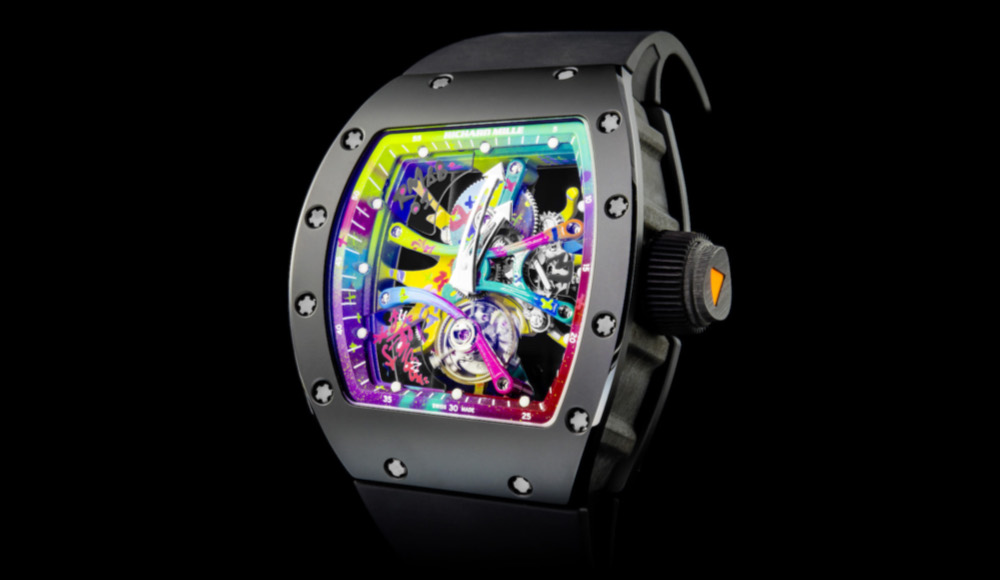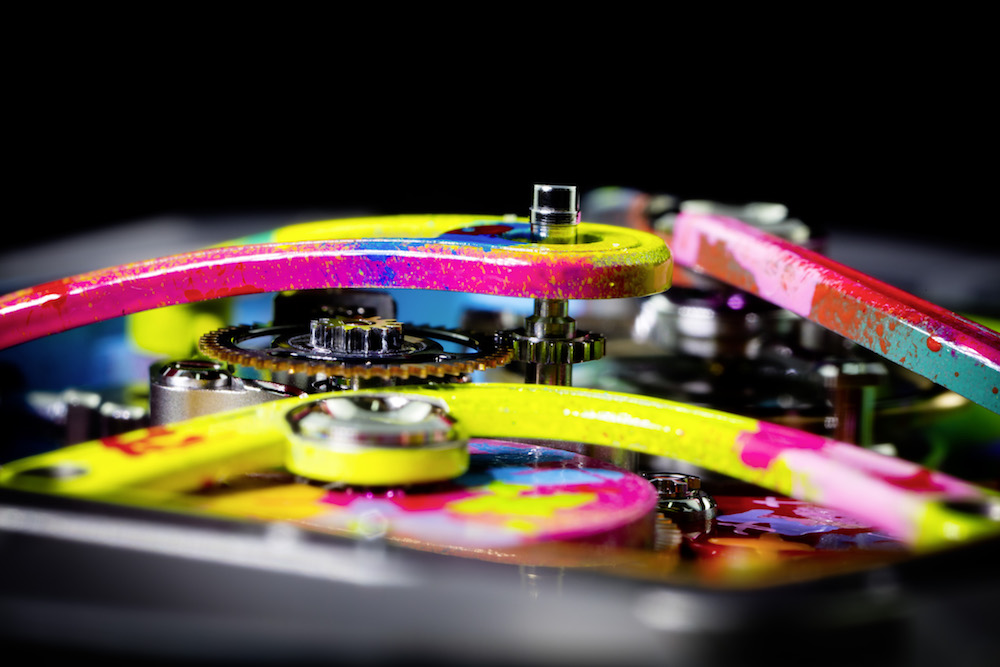A new partner of Frieze Masters and Frieze London, Richard Mille began his eponymous brand at the start of the new millennium in 2001; from its inception his creations have taken on legendary status for the way in which they have revolutionised and redefined the art of traditional watchmaking.

Celebrating this vibrant, contemporary history, the brand’s presence at Frieze Masters has brought together, for the first time in the UK, a museum-level overview of some of the most exceptional, rare, and currently unavailable examples of timepieces generously loaned by private collectors.The Richard Mille brand’s approach to watchmaking has always centred on releasing the watch from it restricted role as a mere tool for timekeeping, augmenting and extending its visual potential by placing it directly in the crosshairs of design, art, sculpture and architecture. In this way, their timepieces make full use of three-dimensionally arching spaces and volumes, both for the watchcase and the movement itself. Even the layout and finishing details of each mechanical part is treated as essential, visually and stylistically, within the scope of Mille’s holistic approach to watchmaking.

Richard Mille: ‘Of course, a watch must be an excellent timekeeping device, with the highest chronometric results achievable. Nevertheless, I see no reason why it should not be fascinating and multi-layered in its visual expressivity, both inside and out, in the same way that a great work of art offers complex layers of comprehension for each particular viewer. Defining these aspects during the design process is not far removed from the world of miniaturist painting, where an entire world can open up within a very confined area of just a few square centimetres.’
According to this same methodology, Richard Mille collaborated with the street artist Cyril Phan, (aka Kongo), in creating a contemporary horological artwork, the RM 68-01 Tourbillon. The entire front and back of the mechanism’s interior have been transformed into riot of airbrushed, rainbow-like hues, and since this includes all moving parts, the watch is a kinetic painting, constantly changing visually as it tells the time. This watchmaking premiere, enabled by Richard Mille’s visionary aesthetics and a process by which Kongo miniaturised his large-scale working methods—normally the size of an apartment building—elevates this timepiece to the realm of fine art.A part of the Richard Mille group, the Parisian Publishing House Editions Cercle d’Art is responsible for the release of all the company’s books, magazines and other printed materials.
Historically the publishing house of Pablo Picasso and many other great names of the 20th century art world, Editions Cercle d’Art connects Richard Mille Watches to the one of the most exciting periods in Modern art, underlining the brand’s artistic approach to forging a new vision of 21st century horology
Report by richardmille.com










